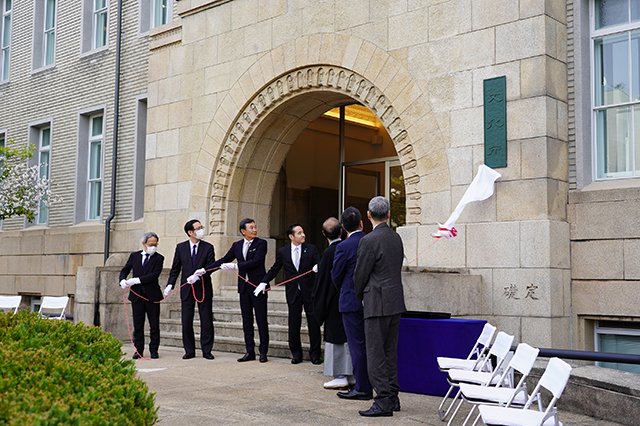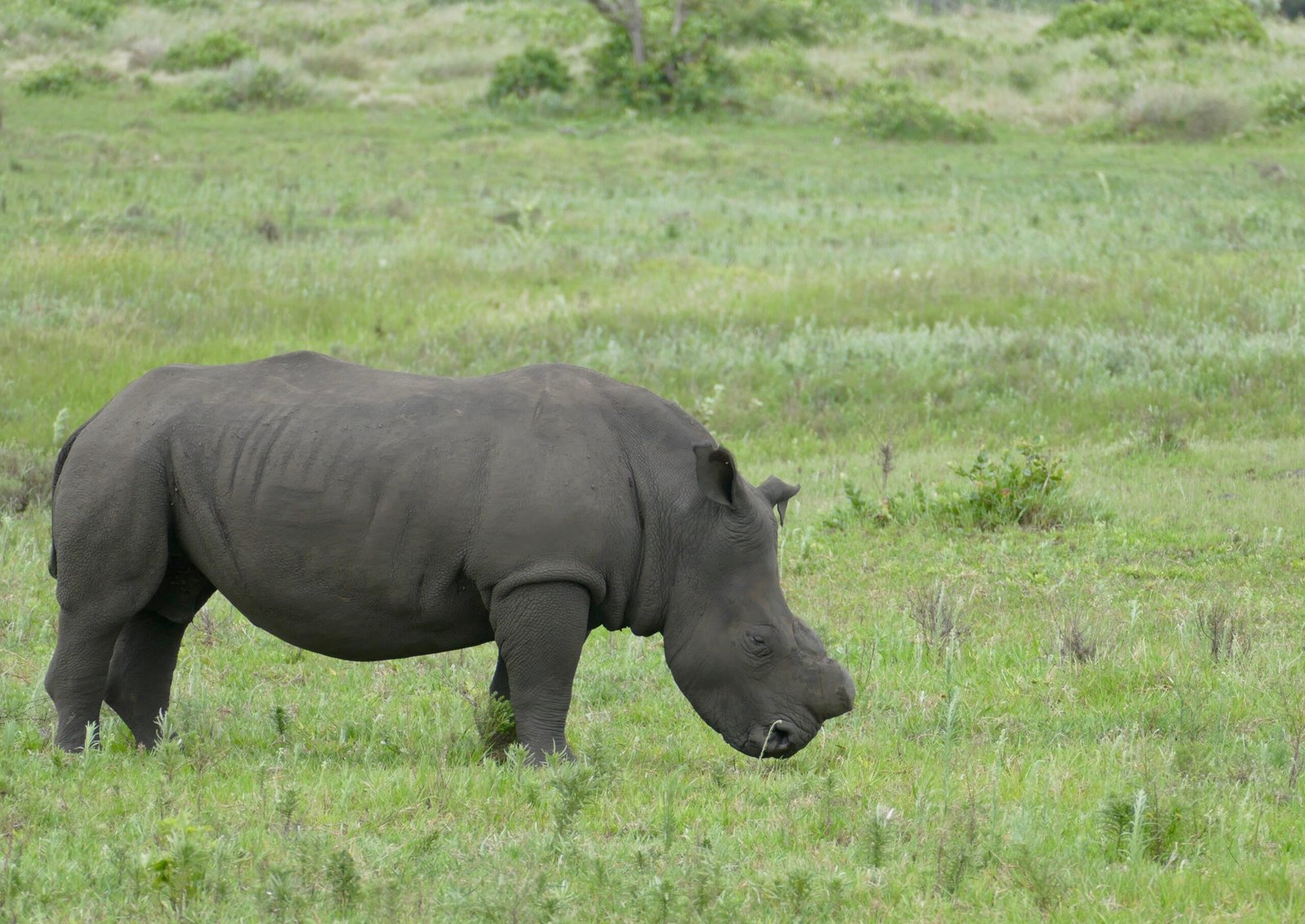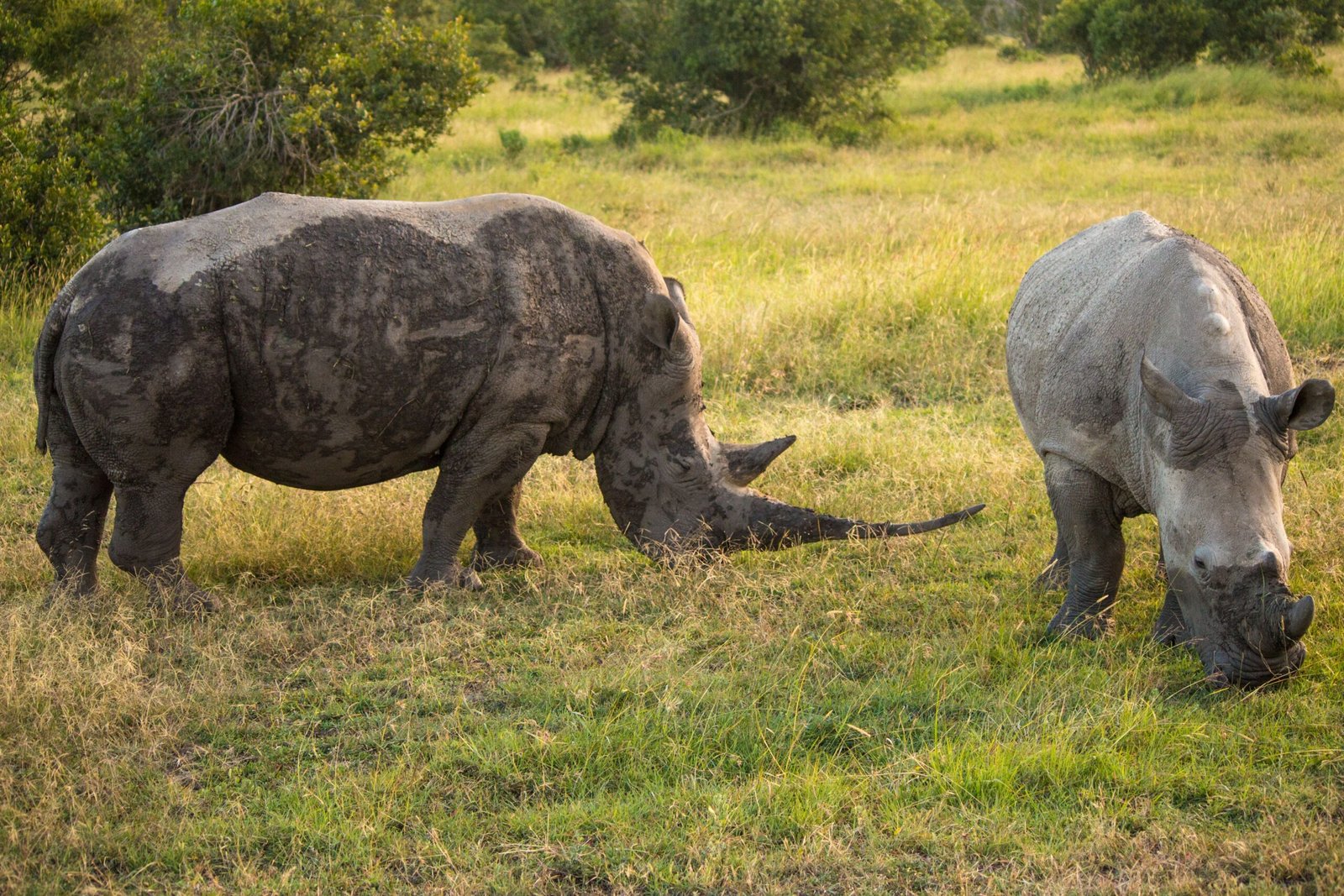Imagine standing in the golden dawn of an African savanna, the air crisp with promise, when suddenly a rhinoceros ambles into view—majestic, ancient, and heartbreakingly endangered. What if I told you that this creature, armored in prehistoric beauty, is on the brink of vanishing forever because of a myth? The belief that its horn possesses magical healing powers is not only scientifically unfounded but has also fueled a ruthless poaching crisis. Behind every rhino horn sold, there’s a story of greed, misinformation, and a species gasping for survival. Let’s strip away the layers of legend and look at how pseudoscience, more than any natural predator, is pushing rhinos toward extinction.
The Origin of Rhino Horn Myths
The idea that rhino horn holds special powers isn’t new. For centuries, stories have swirled throughout Asia and Africa about its miraculous abilities. In traditional Chinese medicine, some texts from as far back as 2000 years ago suggest that ground rhino horn can cure everything from fever to snake bites. These myths probably started because people saw powerful animals as magical, assuming their body parts must also hold power. Over generations, these stories became woven into the cultural fabric, making it hard to separate fact from fiction. The myth’s endurance is a testament to the power of tradition and the human tendency to seek magic in the natural world. Even today, these beliefs are passed along in family stories, books, and whispered advice, fueling demand where science says there is none.
What Is Rhino Horn Actually Made Of?
It’s easy to imagine rhino horn as something rare and mystical, but its true nature is surprisingly ordinary. Rhino horn is made almost entirely of keratin—the same protein that forms our hair and fingernails. If you’ve ever trimmed your nails or brushed your hair, you’ve handled the same material. Despite this, the horn’s impressive size and striking appearance have given it an aura of mystery. Unlike elephant tusks, which are made of ivory, rhino horns are not bone and do not have any unique medicinal compounds. Scientific analysis shows no difference between the proteins in rhino horn and those found in a horse’s hoof. This simple fact makes the continued belief in its magical properties all the more baffling—and tragic.
Ancient Beliefs vs. Modern Science
Modern science has repeatedly debunked the medicinal claims surrounding rhino horn. No clinical studies have shown it to be effective in treating illness, reducing fever, or curing diseases like cancer. Yet, the stubborn hold of traditional beliefs often overshadows scientific fact. In some communities, the advice of elders and traditional healers carries more weight than modern medicine. When faced with illness, people may turn to these ancient remedies out of hope or desperation. The clash between tradition and science creates a grey area where myths persist, even as the world changes. It’s a stark reminder that knowledge doesn’t always move as fast as we’d like.
The Surge in Demand: A Modern Crisis
The 21st century has seen a sharp spike in rhino horn demand, especially in Vietnam and China. Stories of wealthy individuals using powdered horn to cure hangovers, enhance virility, or even as a status symbol have proliferated. In some circles, gifting a piece of rhino horn is seen as the ultimate show of respect and wealth. With growing affluence in parts of Asia, more people can now afford such luxuries, putting even greater pressure on dwindling rhino populations. The black-market price for rhino horn now rivals gold or cocaine, turning horn trafficking into a multi-billion-dollar criminal enterprise. This insatiable demand is rapidly outpacing any efforts at conservation.
Poaching: A Ruthless Industry
Poaching isn’t just a random act—it’s an organized, violent industry. Armed gangs use helicopters, night-vision goggles, and tranquilizer darts to hunt rhinos with chilling efficiency. In South Africa’s Kruger National Park, rangers face daily battles against poachers who are often better equipped than the law enforcement trying to stop them. The brutality is staggering: rhinos are frequently left alive after their horns are hacked off, suffering slow, agonizing deaths. The stakes are so high that entire families of rhinos have been wiped out in a single night. The poacher’s greed, fueled by myth, has become one of the deadliest threats to wildlife.
The Devastating Impact on Rhino Populations
The numbers are sobering. A century ago, there were hundreds of thousands of rhinos roaming Africa and Asia. Today, some subspecies have fewer than 100 individuals left, and three are already extinct in the wild. Poaching rates have skyrocketed in the last decade, wiping out years of conservation work in a matter of months. The loss of a single rhino isn’t just a statistic—it’s the loss of a mother, a future calf, a vital piece of the ecosystem. Each death ripples through the landscape, leaving emptiness where life once thundered. The fear is real: if nothing changes, wild rhinos could disappear within our lifetime.
Economic Forces Behind the Black Market
Money talks, and in the world of illegal wildlife trade, it screams. Rhino horn’s sky-high value has made it a magnet for organized crime syndicates. These groups operate across continents, managing everything from poaching operations to smuggling and sales. Corruption, poverty, and weak law enforcement make it easy for criminals to bribe officials and move horns across borders. For impoverished villagers, poaching can seem like the only way out of hardship. The lure of quick riches often outweighs the distant threat of punishment. This economic tug-of-war complicates efforts to protect rhinos, creating a cycle that’s hard to break.
Cultural Roots: Why Myths Persist

Cultural beliefs are stubborn things. They’re handed down like family heirlooms, cherished and rarely questioned. In some Asian societies, using rhino horn is a symbol of tradition, status, and respect for ancestors. Even when confronted with scientific evidence, many people cling to the comfort of old remedies. Festivals, ceremonies, and social gatherings can reinforce these myths, making the horn more than medicine—it becomes a cultural icon. Challenging these beliefs isn’t just about facts; it’s about navigating pride, identity, and the fear of losing heritage. The battle against pseudoscience is as much cultural as it is scientific.
Celebrity Influence and Urban Legends
No myth spreads faster than one whispered by a celebrity or public figure. In recent years, stories have circulated about famous politicians and business leaders using rhino horn to recover from illness or boost energy. These accounts, whether true or fabricated, add fuel to the fire. Urban legends—like the claim that a Vietnamese official was cured of cancer by rhino horn—spread rapidly online and in the media. The power of celebrity makes it even harder to debunk these myths. When influential people endorse a practice, their followers are more likely to believe it, regardless of scientific evidence.
Conservationists on the Front Lines
Every day, conservationists risk their lives to protect rhinos. Rangers patrol vast reserves, sometimes walking for days to track down poachers. Some have lost their lives in shootouts, leaving behind grieving families and communities. Conservation organizations work tirelessly to educate the public, relocate rhinos to safer areas, and create protected reserves. Despite limited resources, their passion never wavers. These modern-day heroes are fighting not just against guns and traps, but against centuries of myth and misunderstanding. Their courage is a beacon of hope in an often bleak landscape.
Dehorning: A Controversial Solution

To save rhinos, some reserves have resorted to dehorning—removing the horn before poachers can get to it. The process is stressful for the animal but can be done safely under anesthesia. Without their horns, rhinos are less attractive to poachers, but the practice is controversial. The horn plays a role in rhino behavior, used in defense and social interactions. There’s also the risk that poachers will still kill hornless rhinos, just in case. It’s a desperate measure, a sign of just how dire the situation has become. Still, in some areas, it’s made a real difference in survival rates.
Fake Horns and Synthetic Solutions
Scientists and entrepreneurs have started producing synthetic rhino horn in laboratories. Made from the same keratin as real horn, these fakes are nearly indistinguishable from the real thing. The hope is that flooding the market with artificial horn will undercut prices and reduce poaching. However, the results have been mixed. Some buyers insist on “genuine” horn for cultural or status reasons, undermining the impact of fakes. Others fear that counterfeits could actually stimulate demand by making horns seem more accessible. It’s a bold experiment, but not a silver bullet.
Legal Loopholes and International Trade

International trade in rhino horn is banned under CITES (the Convention on International Trade in Endangered Species), but loopholes and corruption undermine enforcement. Some countries allow the sale of “antique” horns or trophy specimens, blurring the lines for law enforcement. Smugglers exploit these gray areas, using fake documents and bribery to move horns across borders. Even legal markets for other wildlife products can provide cover for illicit trade. The global nature of the trade makes it hard to police, turning rhino protection into a high-stakes game of cat and mouse.
The Role of Education in Changing Minds

Education is the most powerful weapon in the fight against rhino horn myths. Conservationists run school programs, media campaigns, and community workshops to spread the truth about rhino horn. Changing minds is slow work, especially when beliefs are deeply rooted. But stories of recovered rhinos, rescued calves, and thriving populations inspire hope. When people learn that rhino horn is no different from their own fingernails, many begin to question the myths. Empowering the next generation with science and compassion is key to breaking the cycle of demand.
Rhinos in the Ecosystem: More Than Just a Horn

Rhinos are vital architects of their ecosystems. Their grazing shapes grasslands, creating habitats for countless other species. When rhinos wallow in mud, they create water holes that benefit birds, insects, and mammals alike. Without rhinos, these landscapes can become overgrown or barren, threatening biodiversity. The horn, so coveted by humans, is just one part of an animal that plays a much bigger role in nature. Saving rhinos isn’t just about preserving a single species—it’s about protecting the intricate web of life they support.
Psychology of Belief: Why Pseudoscience Persists
Why do people cling to beliefs that have been disproven by science? The answer lies in human psychology. We’re wired to see patterns and find meaning, even where none exists. In times of illness or uncertainty, the promise of a miracle cure is deeply seductive. Social pressure, tradition, and fear of the unknown all play a part. Once a belief takes root, it’s hard to shake, even in the face of overwhelming evidence. Understanding this psychology is crucial for designing better education and outreach efforts.
Global Efforts: Collaboration or Conflict?
Protecting rhinos requires international cooperation, but conflicting interests often get in the way. Some countries prioritize economic development over conservation, while others lack the resources to enforce laws. International NGOs, local governments, and grassroots organizations must navigate a maze of politics and priorities. Sometimes, well-meaning efforts clash, leading to confusion or wasted resources. Despite these challenges, global summits, wildlife crime task forces, and cross-border patrols offer hope for unified action. The fight to save rhinos is a test of the world’s ability to work together.
Local Communities: Partners or Victims?

People living near rhino habitats often bear the brunt of conservation policies. Anti-poaching patrols can restrict access to land and resources, creating tension between locals and authorities. However, many communities have become vital partners in conservation, running eco-tourism projects and community-based patrols. When locals benefit from rhino protection, they become the species’ strongest allies. On the other hand, ignoring local needs can backfire, fueling resentment and even poaching. The future of rhinos depends on building trust and partnerships with the people who know them best.
Technology in the War Against Poaching
Modern technology has become a game-changer in rhino conservation. Drones patrol vast reserves, infrared cameras spot poachers at night, and GPS collars track rhino movements in real time. Artificial intelligence analyzes data to predict poaching hotspots, helping rangers deploy resources more effectively. Some reserves even use fingerprinting or DNA analysis to identify individual horns and trace them through the black market. These high-tech tools offer a new edge in a war where every second counts. But technology alone isn’t enough—it must be paired with boots on the ground and hearts that care.
Hope Amidst the Crisis
Despite the darkness, there are glimmers of hope. Innovative conservation programs, growing public awareness, and international pressure have led to some success stories. In places where rhinos were once extinct, reintroduction efforts have brought them back. Community rangers, inspired children, and dedicated scientists are proving that change is possible. Every rescued calf, every poacher caught, every myth debunked is a victory in a long and difficult battle. The future isn’t written yet—it’s up to us to decide what comes next.
Rhinos have thundered across the earth for millions of years, surviving ice ages, predators, and droughts. Will they survive the myths we create? The answer lies not in the power of their horns, but in the choices we make today. What story do you want to tell future generations—one of loss, or one of hope?




